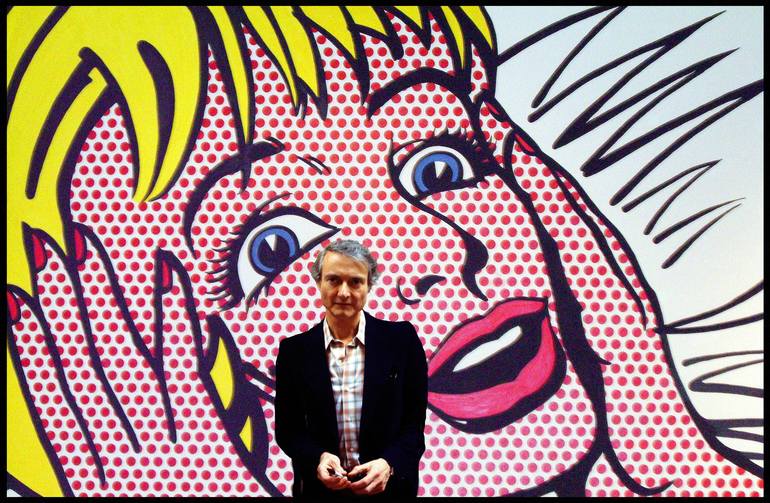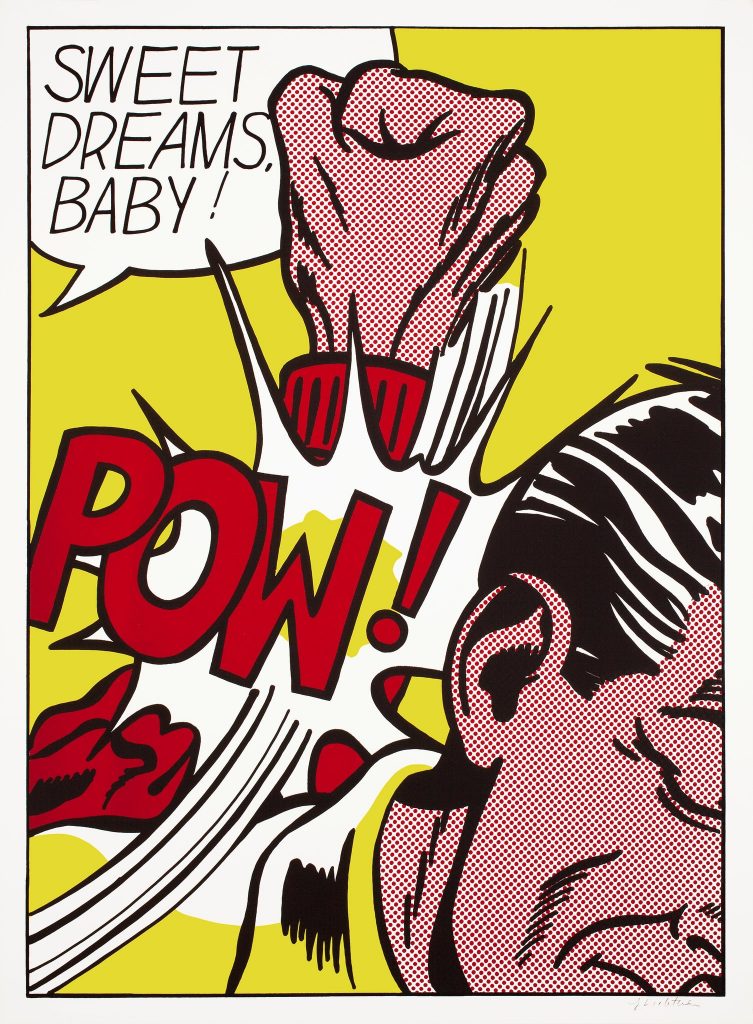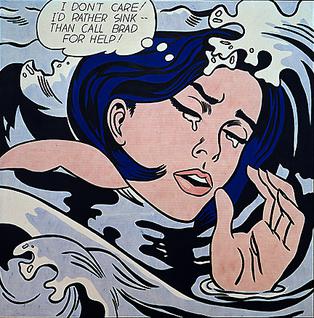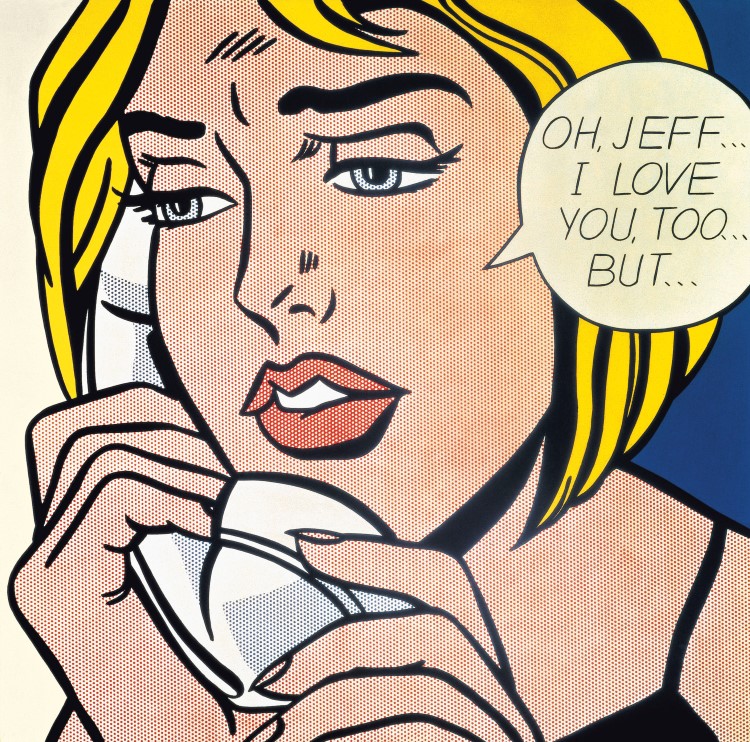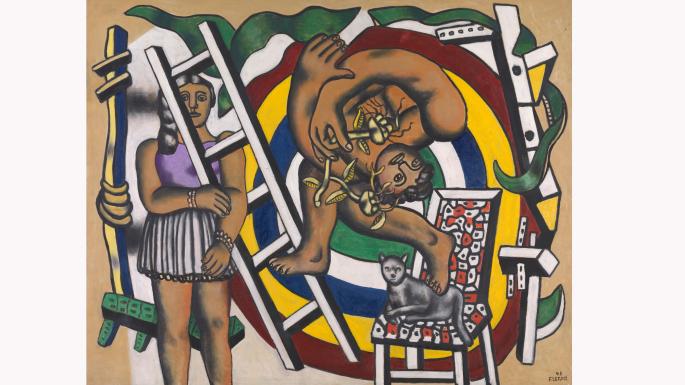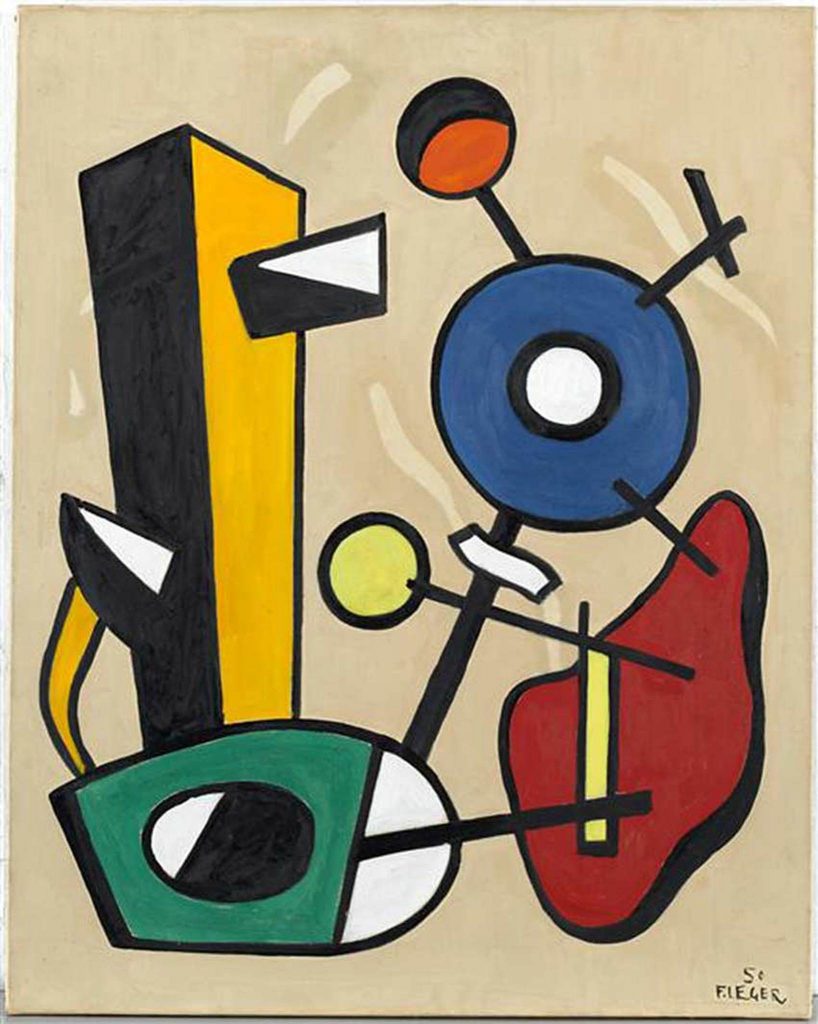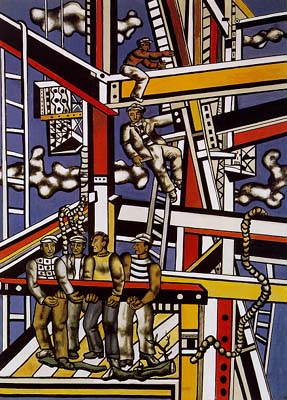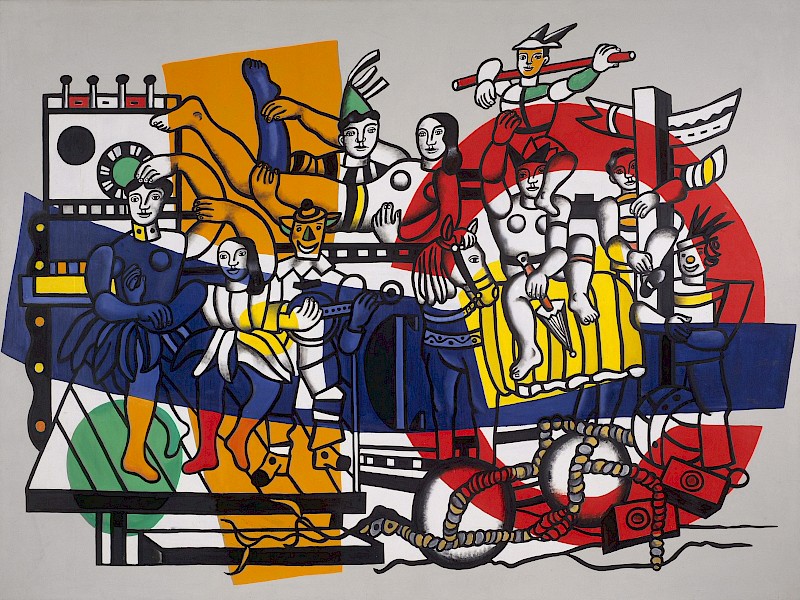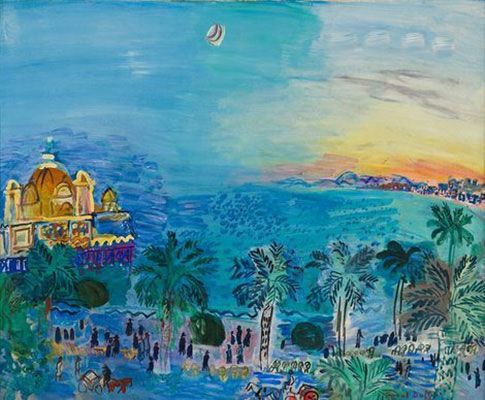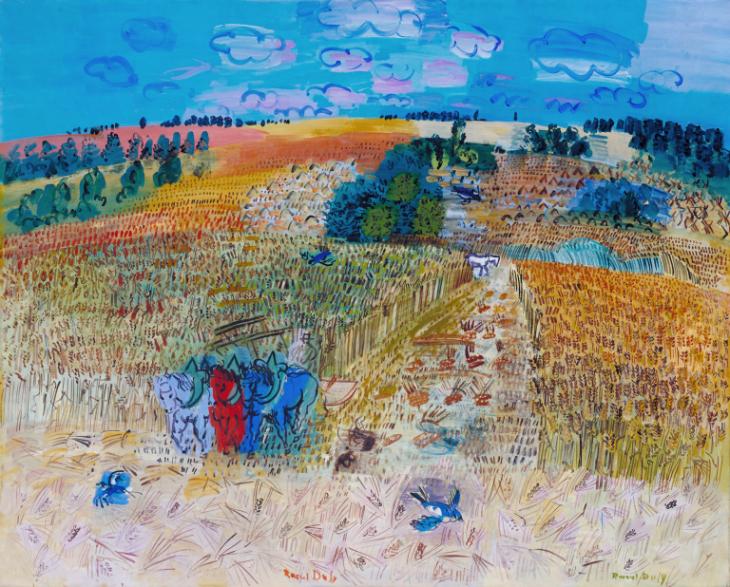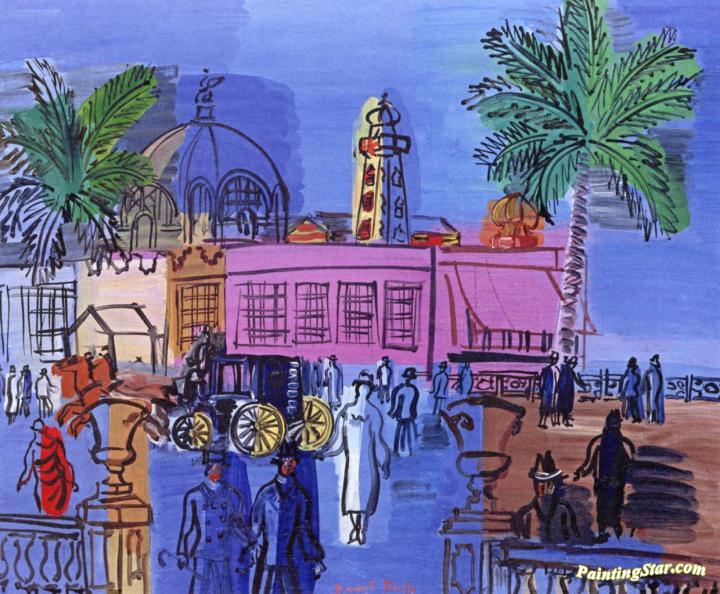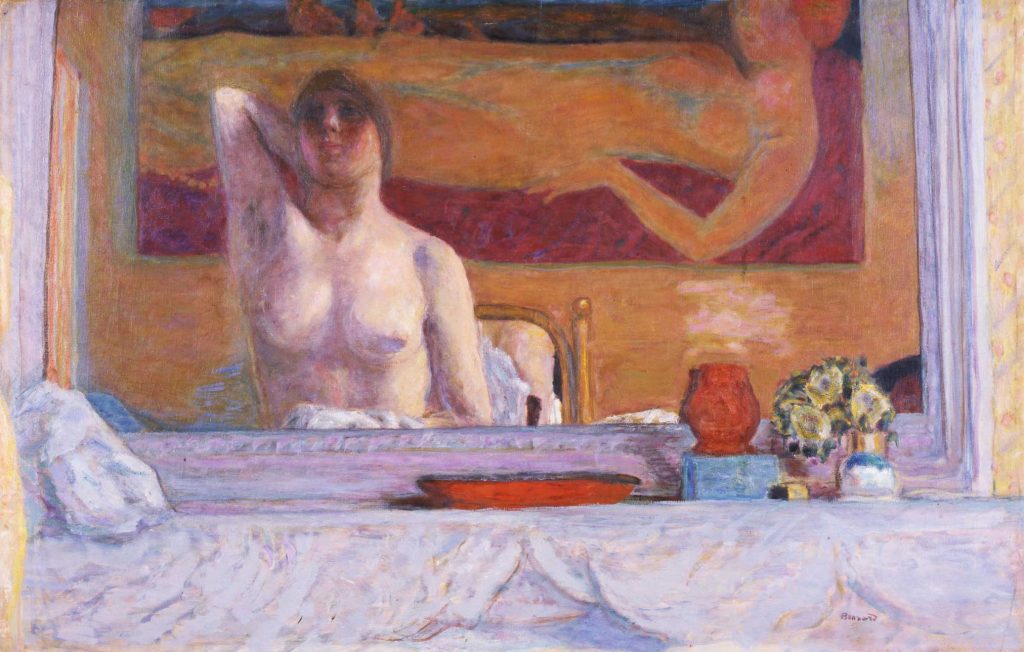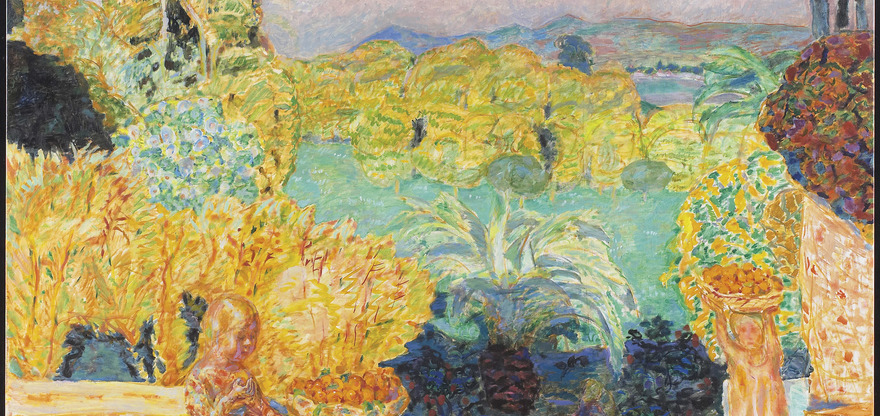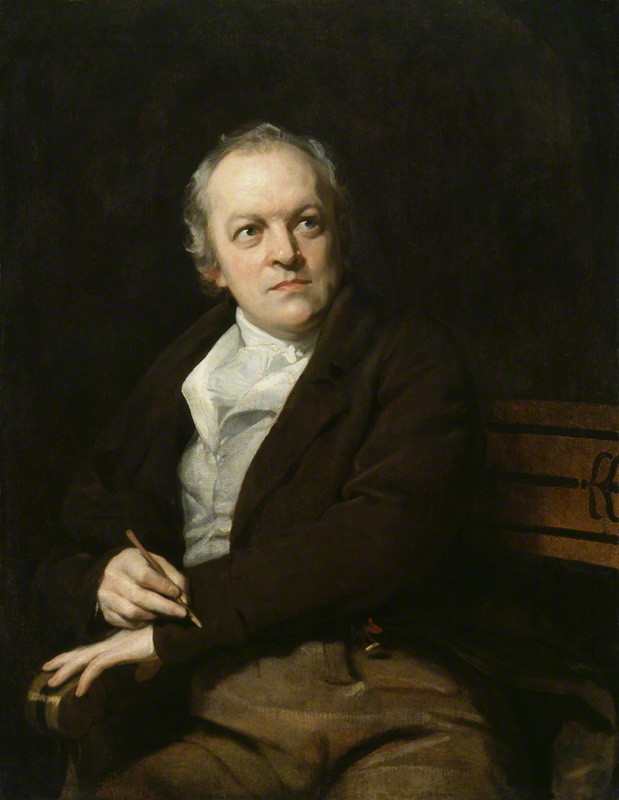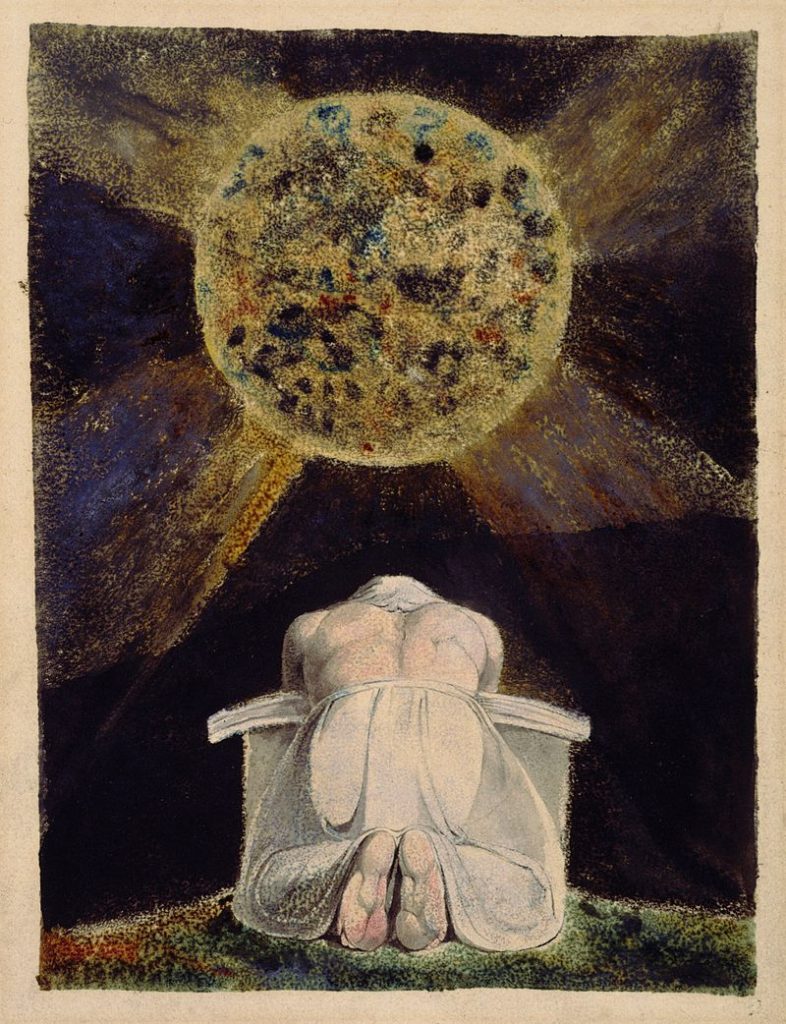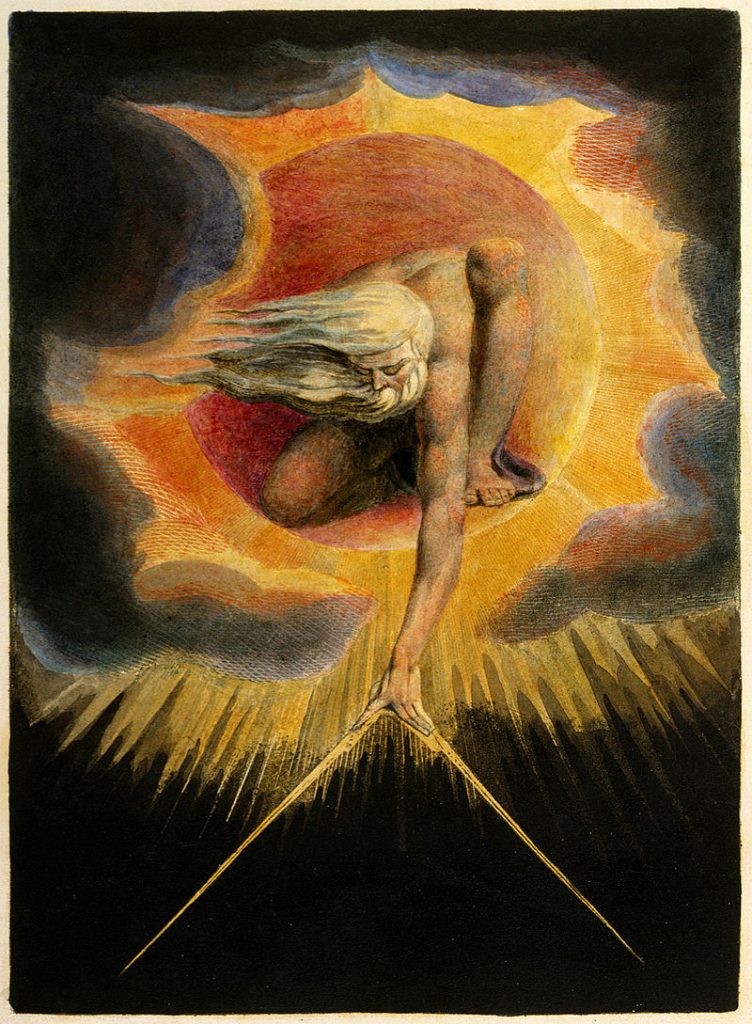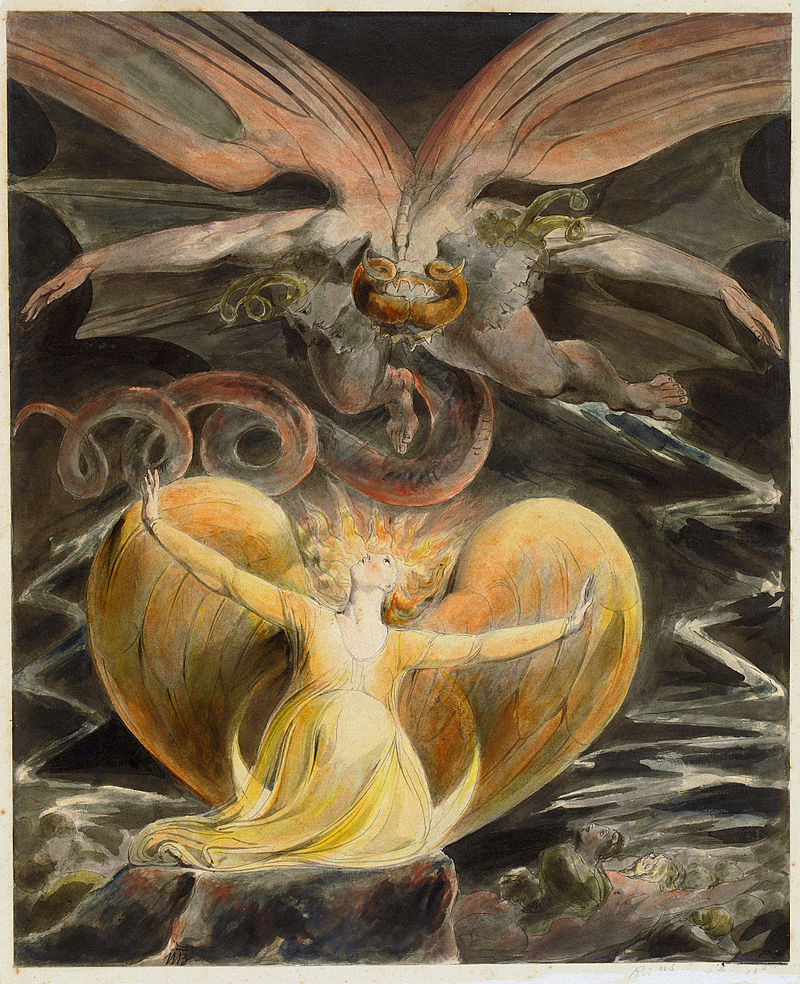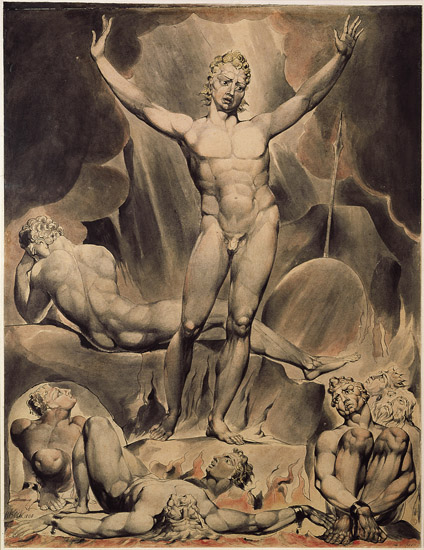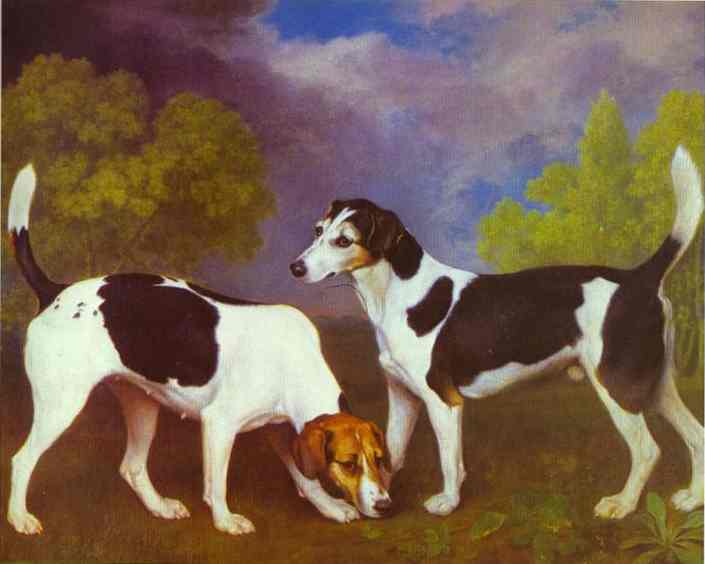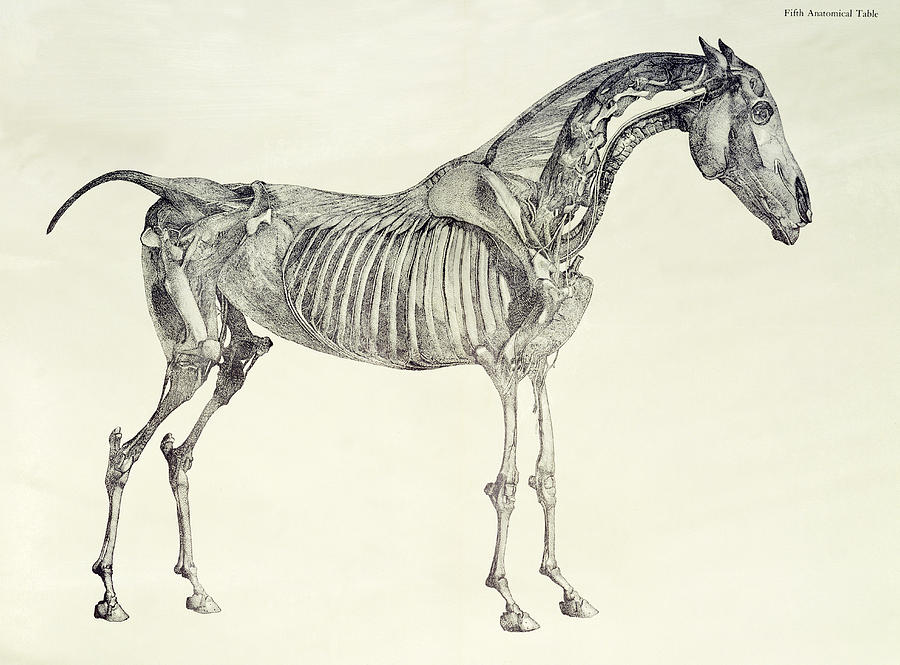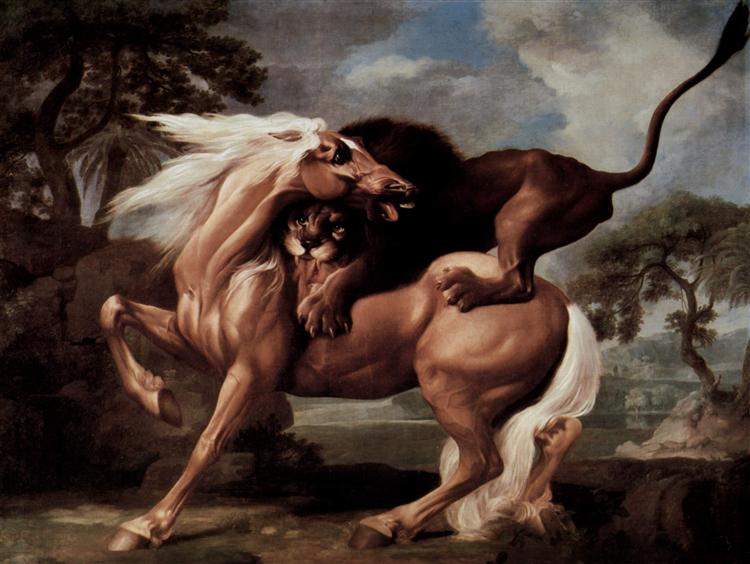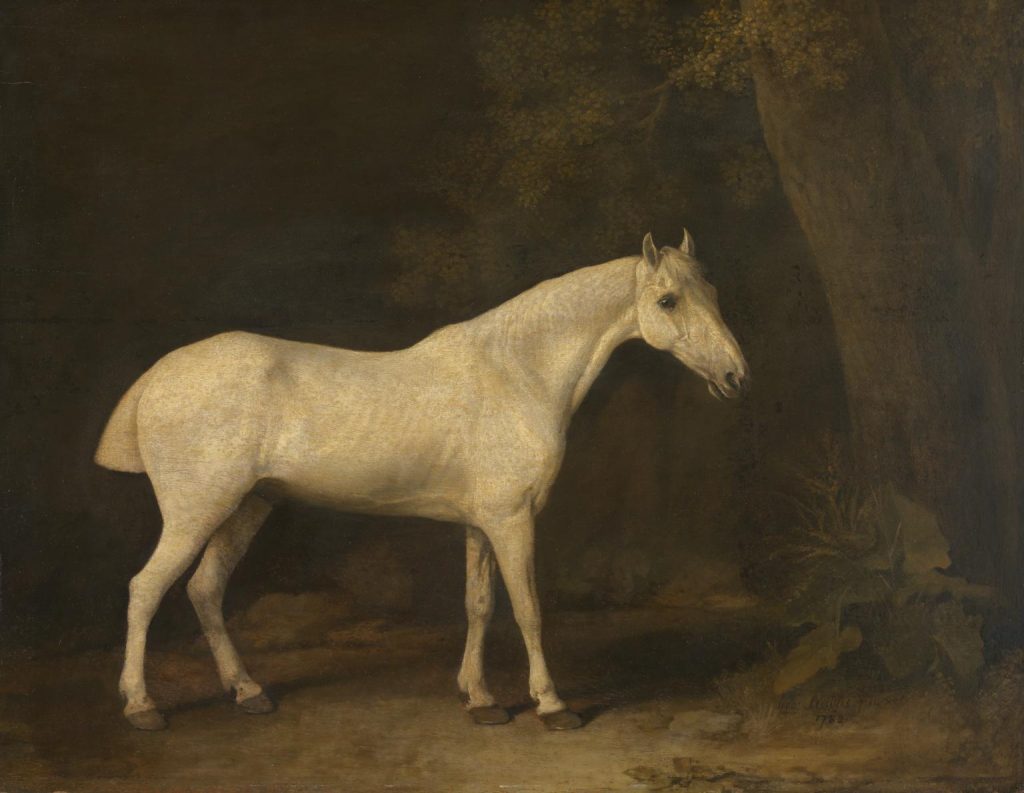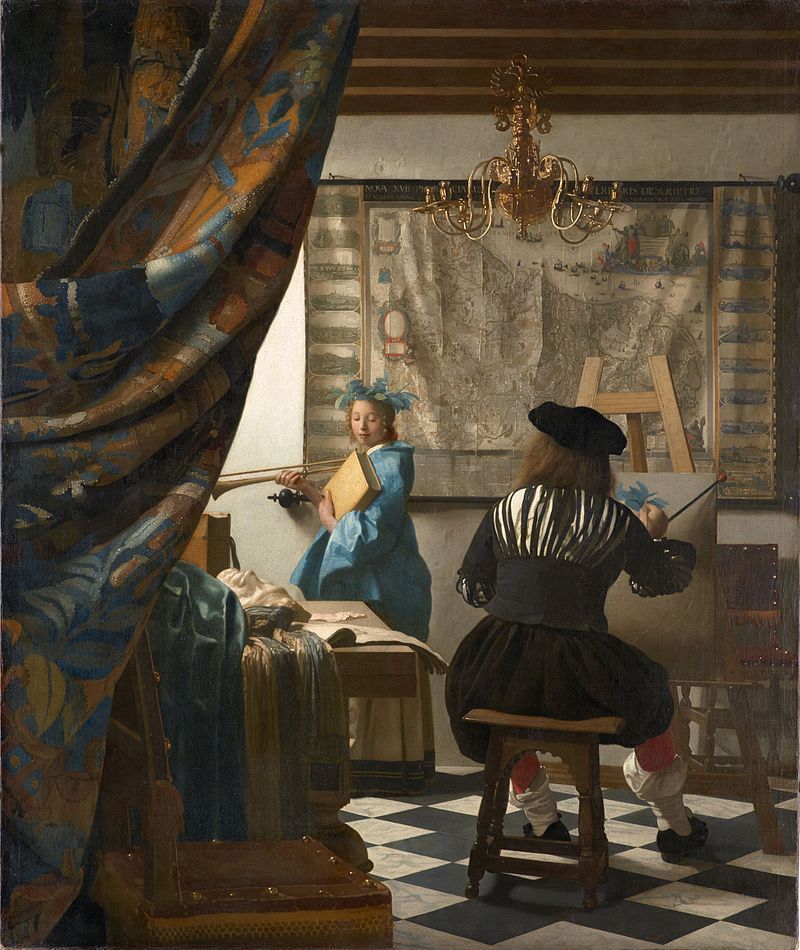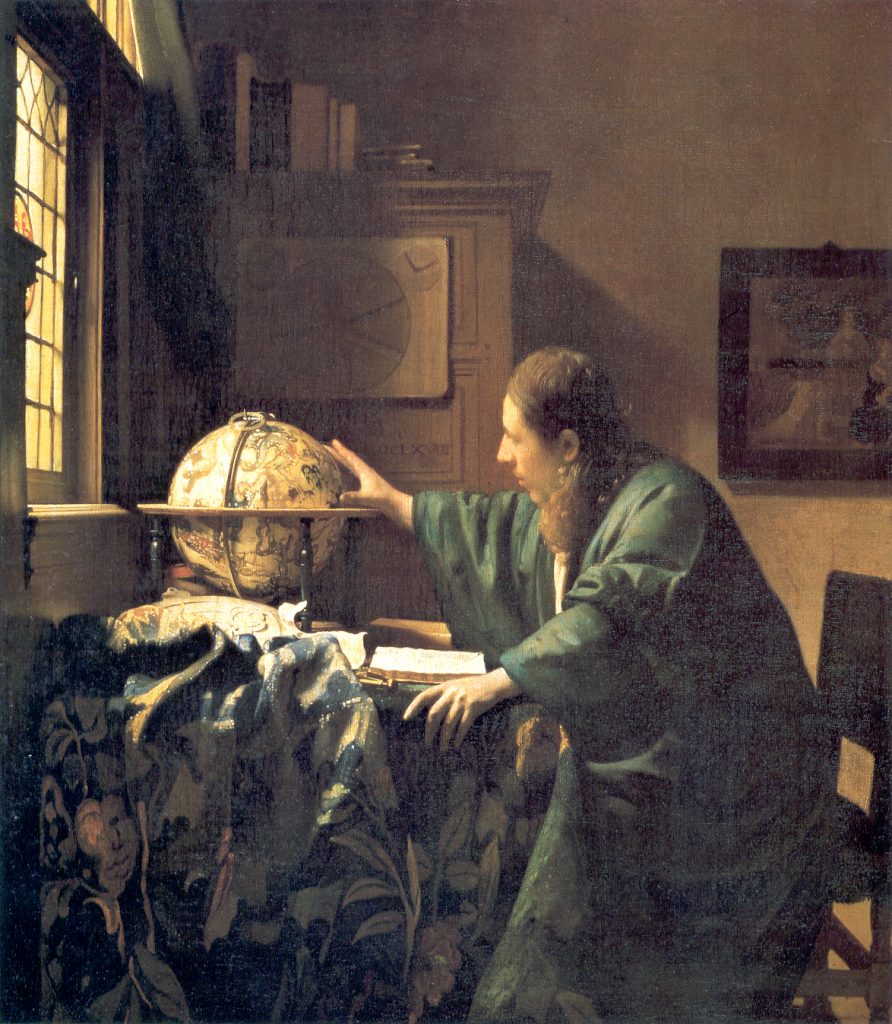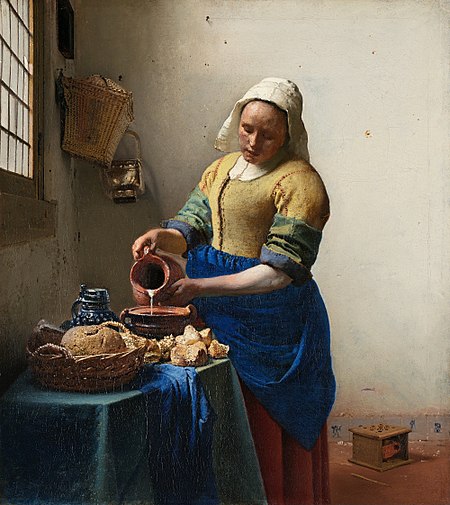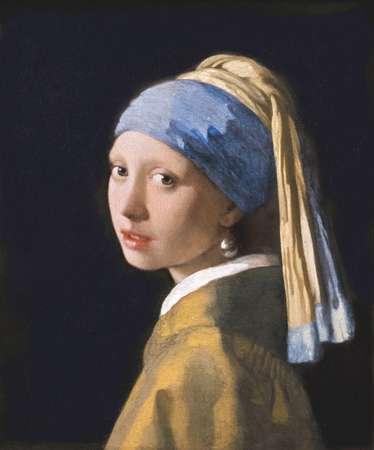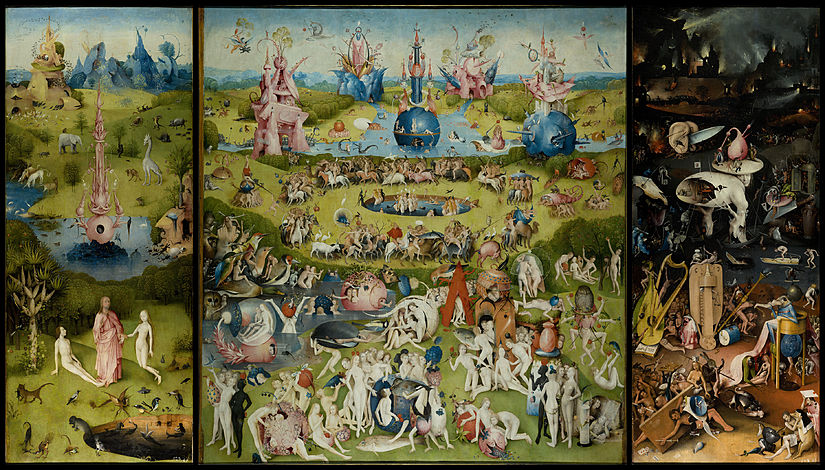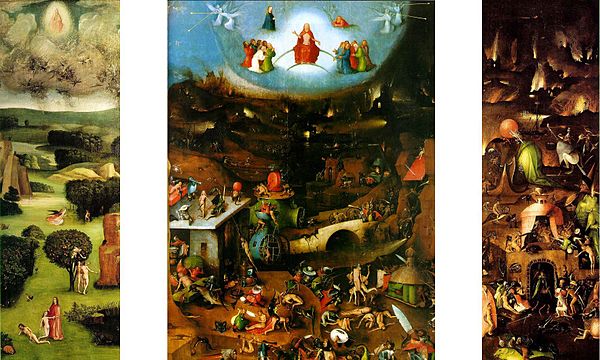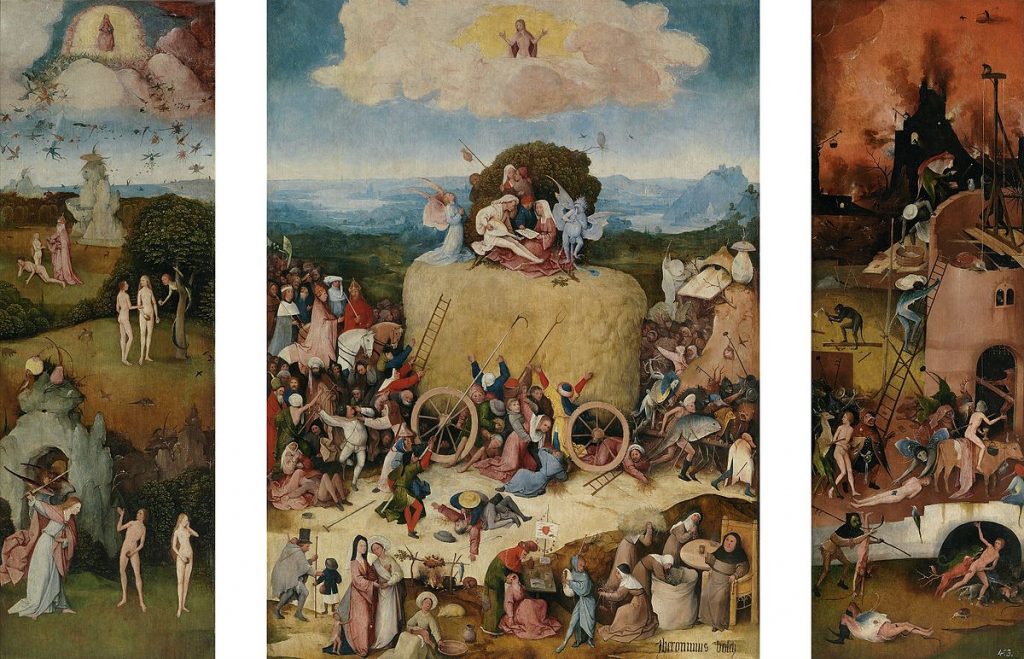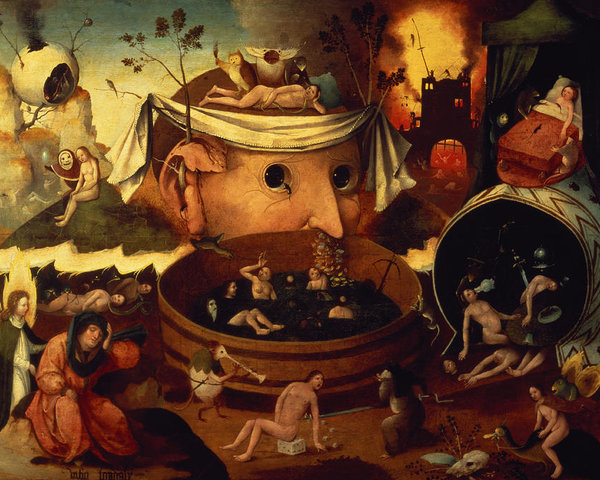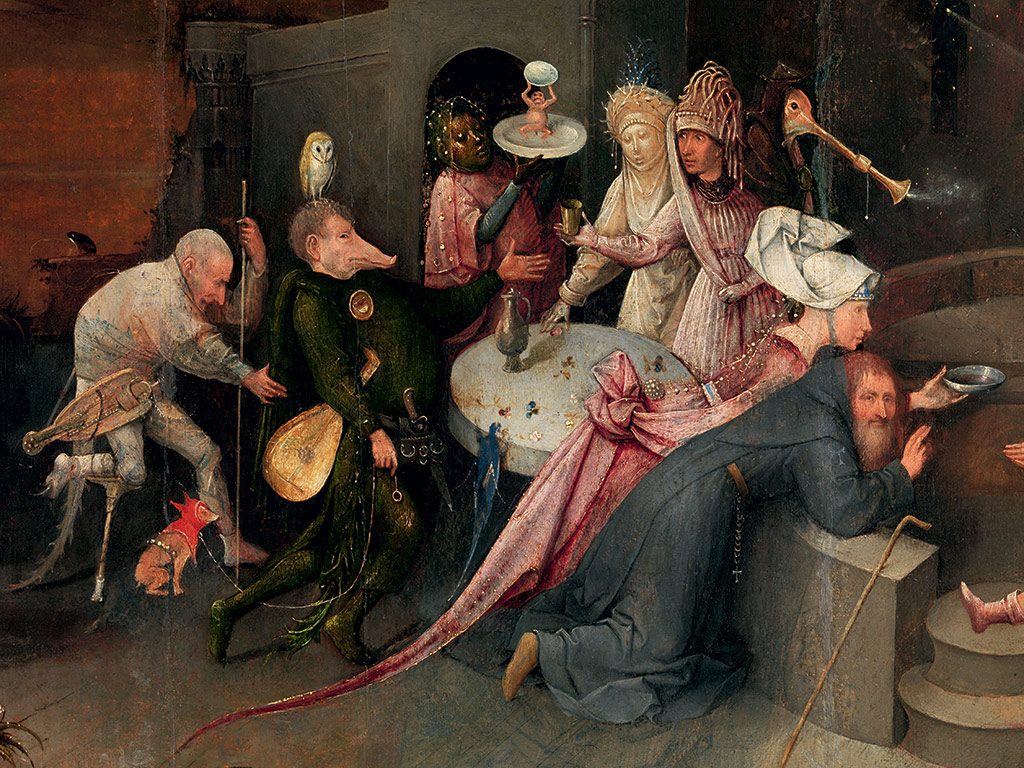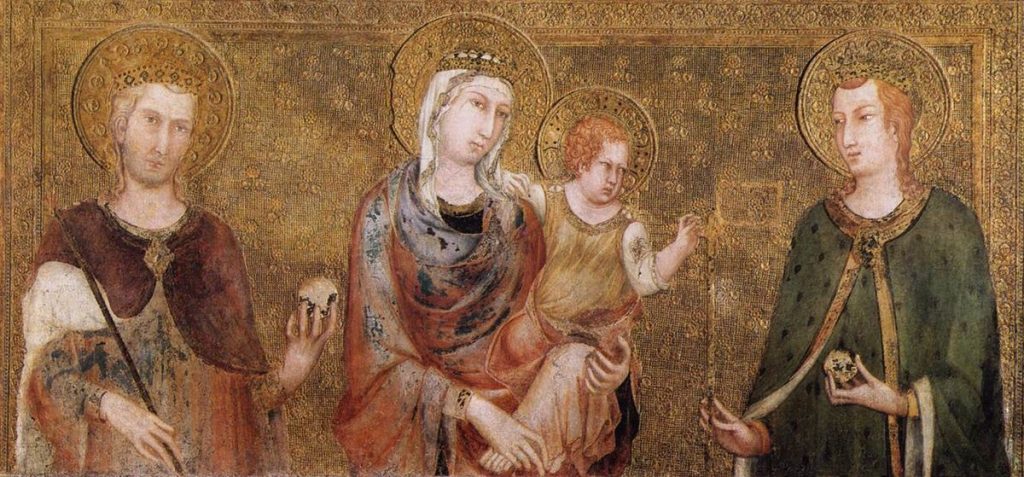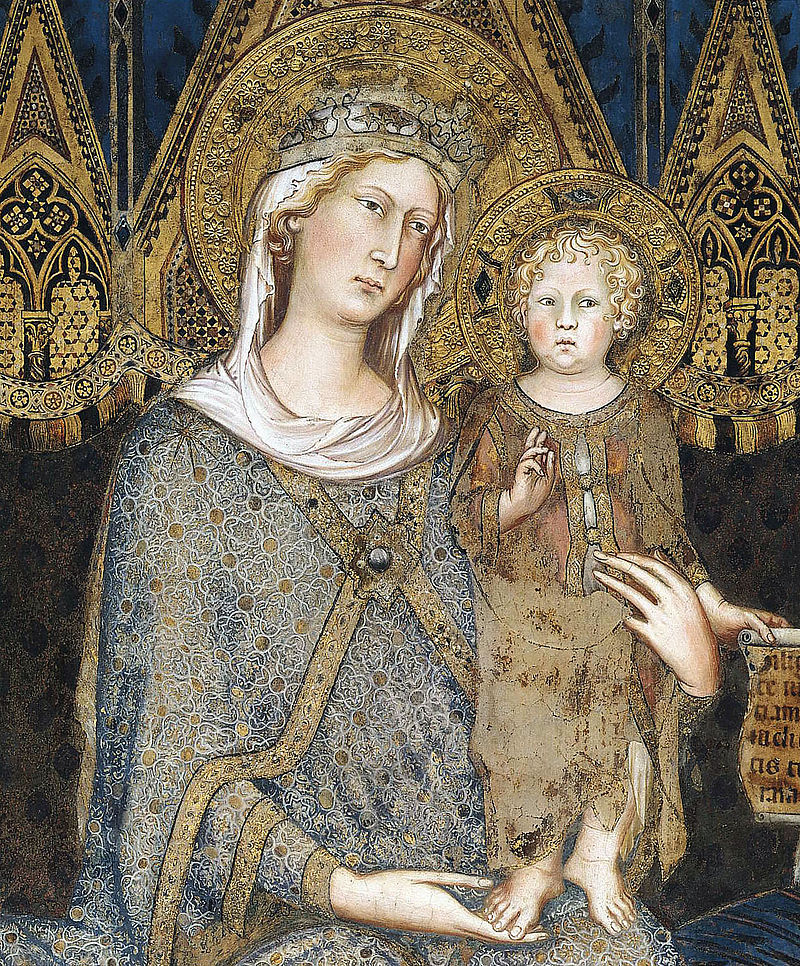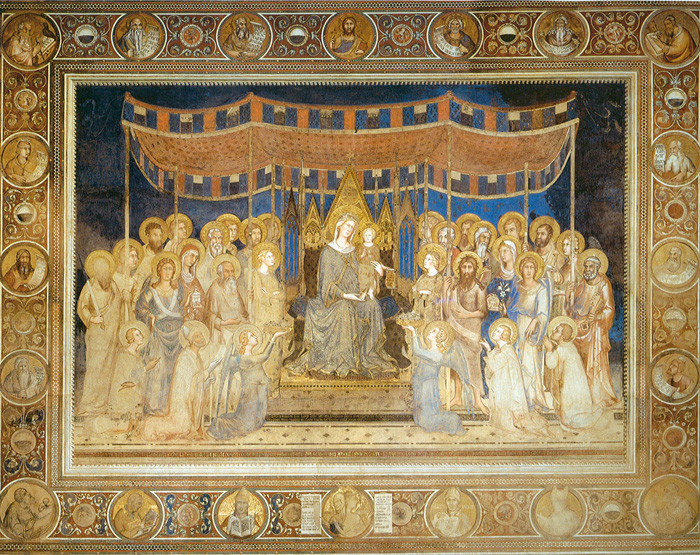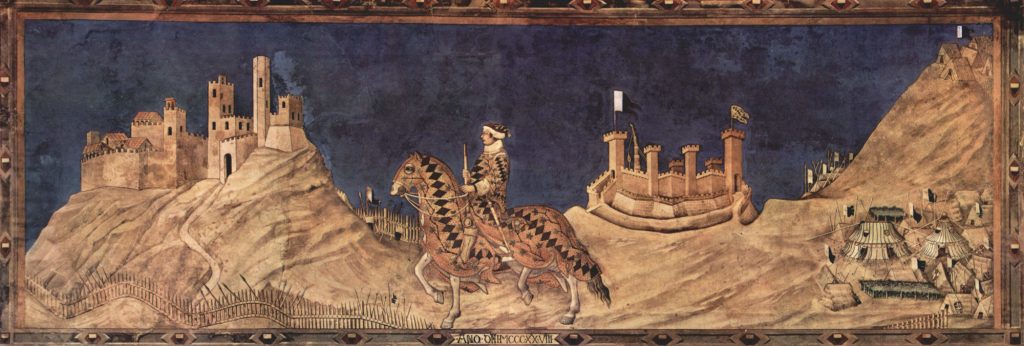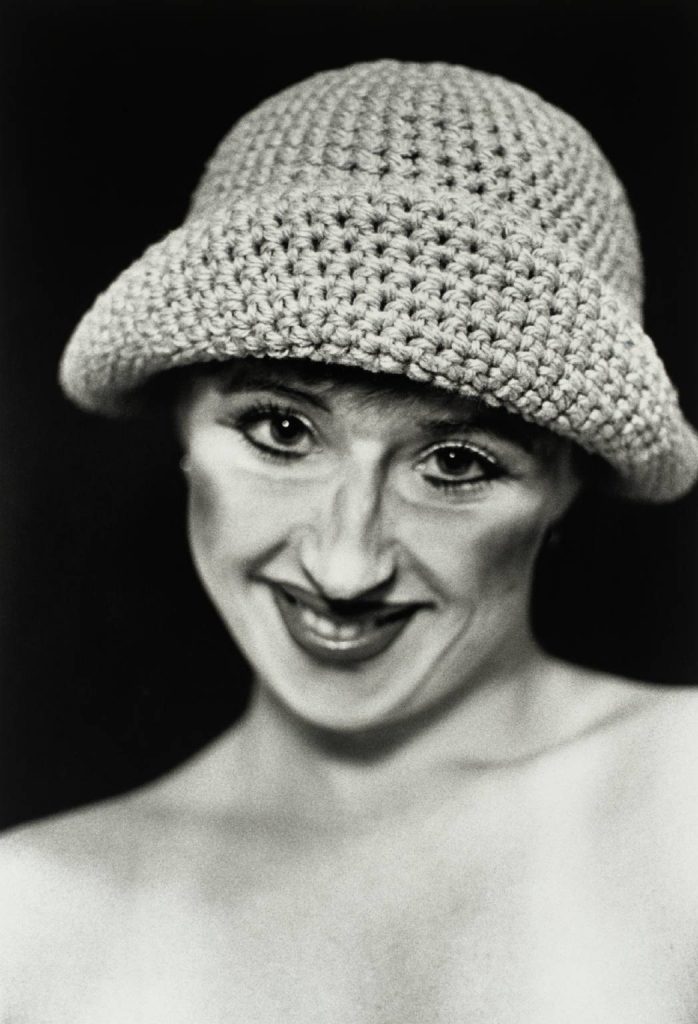
http://www.tate.org.uk/art/work/P11437 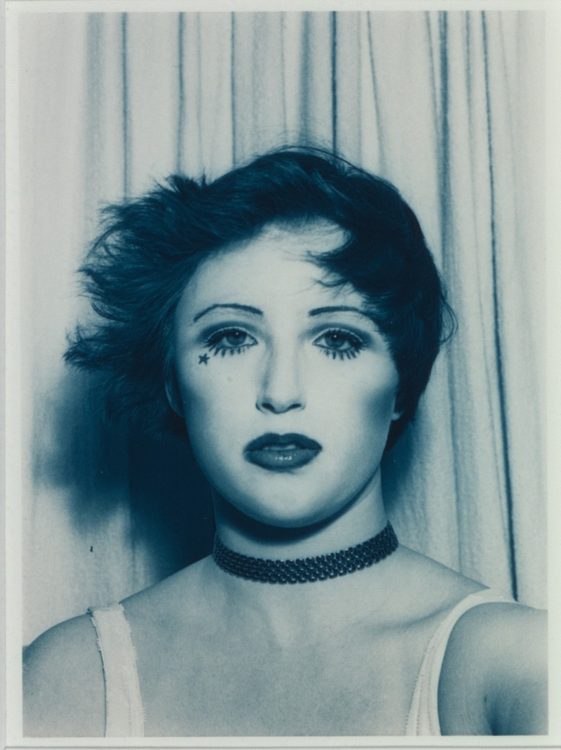
https://awarewomenartists.com/en/artiste/cindy-sherman/ 
https://www.artsy.net/artwork/cindy-sherman-untitled-self-portrait-with-sun-tan 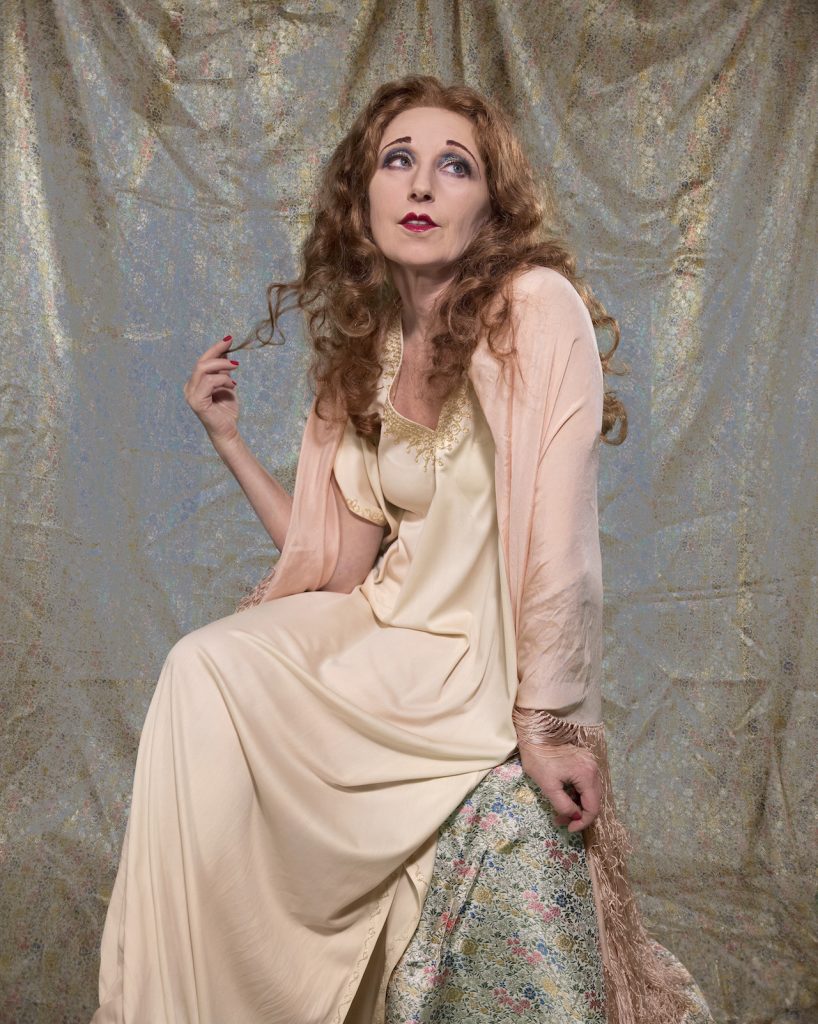
https://www.bjp-online.com/2018/06/cindy-sherman-spruth-magers-london/ 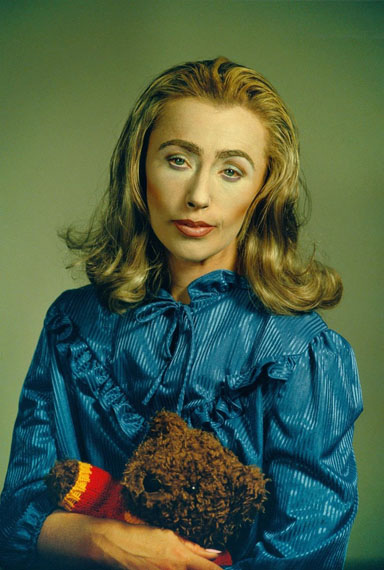
http://photography-now.com/artist/cindy-sherman
Cindy Sherman played an extremely important role in contemporary art. She is known as one of the most important artists in this movement. The 1980s was a period where mass media imagery was on the rise and Cindy Sherman was a key figure in socially critical photography.
After a time of American Feminism, she turned to photography in order to explore and depict different personas or social roles among women. She was so unique because for over 30 years, she used herself as her own model.
She would create her photographs by dressing herself up in different costumes. She would take on the role of not just the photographer, but the makeup artist, the costume designer, and the model. She created a series of headshots to depict film stars on there way to fame. She has created the most interesting series of work and has made it into the Moma Gallery in New York.
Her work has been called disturbing or distasteful, however, it has also been called amusing and intriguing. She tests the viewer to reconsider cultural assumptions. I really appreciate her work and think it is truly intriguing. It is unsettling and glorious at the same time. When you look at her pieces, it is absolutely remarkable how many people she can turn into and the way she captures their aura.
Taken from:
